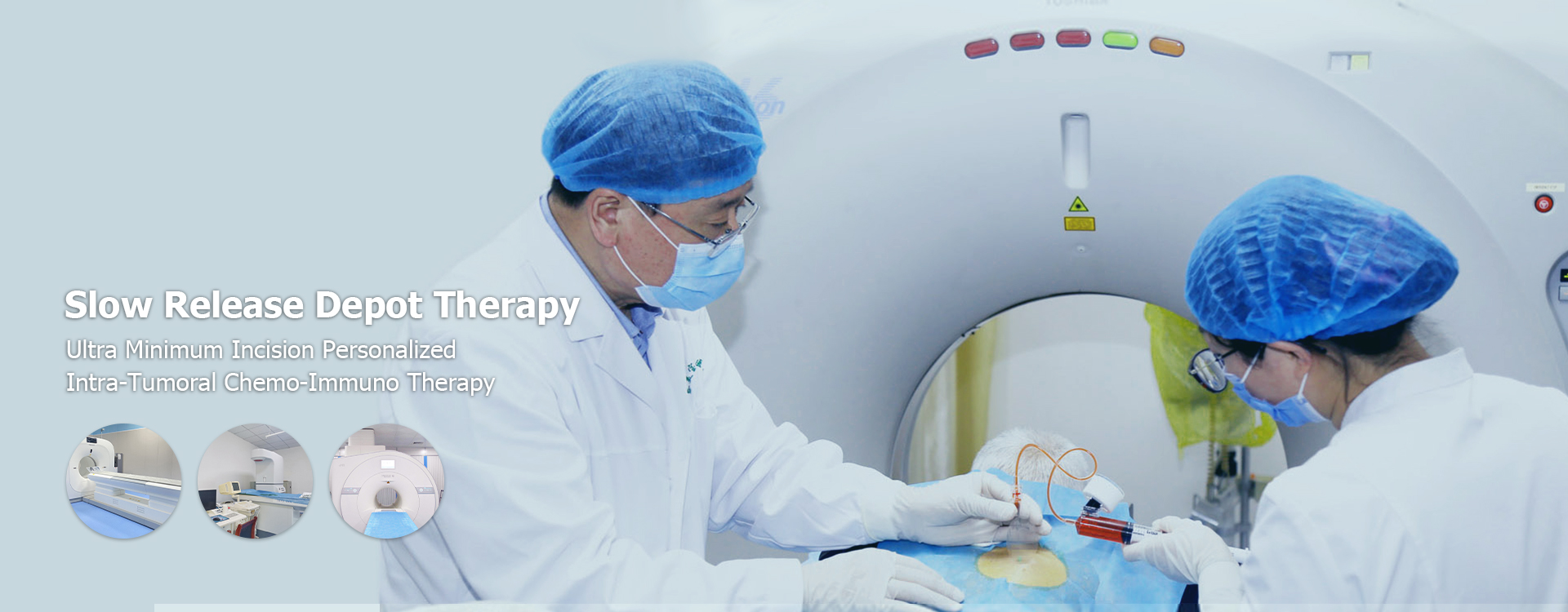
Proton Treatment for Pancreatic Cancer: A Promising New Approach
2025-06-23
Pancreatic canceris one of the deadliest forms of cancer, but recent advances likeproton treatmentoffer new hope. This article explores how proton therapy works, its benefits, risks, and patient outcomes.
What Is Proton Therapy?
Proton therapy uses high-energy proton beams to target tumors with extreme precision, minimizing damage to nearby organs like the stomach, intestines, and liver.
Why Consider Proton Therapy for Pancreatic Cancer?
- Precision targetingnear vital organs
- Reduced side effectssuch as nausea and fatigue
- Higher potential radiation dosessafely delivered to tumors
How the Treatment Works
- Advanced imaging for tumor mapping
- Radiation planning simulation
- Daily treatment sessions over 5–6 weeks
- Regular monitoring by oncology specialists
Clinical Evidence
Studies show that proton therapy offers fewer gastrointestinal side effects and similar or improved tumor control when compared to conventional radiation.
Potential Drawbacks
- Limited treatment center availability
- Higher treatment cost
- Not suitable for metastatic cancer cases
Comparison Table
| Feature | Proton Therapy | Traditional Radiation |
|---|---|---|
| Precision | High | Moderate |
| Side Effects | Fewer | More Common |
| Cost | Higher | Lower |
| Availability | Limited | Widespread |
Patient Story
“I could continue working and didn’t experience the intense nausea others warned me about.” — Sarah, age 58
FAQs
Is proton therapy better than traditional radiation?
It may offer fewer side effects and better targeting, especially in pancreatic cancer cases near sensitive organs.
Does insurance cover proton therapy?
It depends on your provider and condition. Always seek pre-authorization.
Is the procedure painful?
No, it’s painless. Each session typically takes 20–30 minutes.
Conclusion
If you’re facing pancreatic cancer,proton therapymight be a viable, more tolerable treatment option. Talk to your doctor or a specialized treatment center to learn more.
Please leave us a message
- English
- English
- Chinese
- Chinese
- French
- German
- Portuguese
- Spanish
- Russian
- Japanese
- Korean
- Arabic
- Irish
- Greek
- Turkish
- Italian
- Danish
- Romanian
- Indonesian
- Czech
- Afrikaans
- Swedish
- Polish
- Basque
- Catalan
- Esperanto
- Hindi
- Lao
- Albanian
- Amharic
- Armenian
- Azerbaijani
- Belarusian
- Bengali
- Bosnian
- Bulgarian
- Cebuano
- Chichewa
- Corsican
- Croatian
- Dutch
- Estonian
- Filipino
- Finnish
- Frisian
- Galician
- Georgian
- Gujarati
- Haitian
- Hausa
- Hawaiian
- Hebrew
- Hmong
- Hungarian
- Icelandic
- Igbo
- Javanese
- Kannada
- Kazakh
- Khmer
- Kurdish
- Kyrgyz
- Latin
- Latvian
- Lithuanian
- Luxembou..
- Macedonian
- Malagasy
- Malay
- Malayalam
- Maltese
- Maori
- Marathi
- Mongolian
- Burmese
- Nepali
- Norwegian
- Pashto
- Persian
- Punjabi
- Serbian
- Sesotho
- Sinhala
- Slovak
- Slovenian
- Somali
- Samoan
- Scots Gaelic
- Shona
- Sindhi
- Sundanese
- Swahili
- Tajik
- Tamil
- Telugu
- Thai
- Ukrainian
- Urdu
- Uzbek
- Vietnamese
- Welsh
- Xhosa
- Yiddish
- Yoruba
- Zulu
- Kinyarwanda
- Tatar
- Oriya
- Turkmen
- Uyghur









